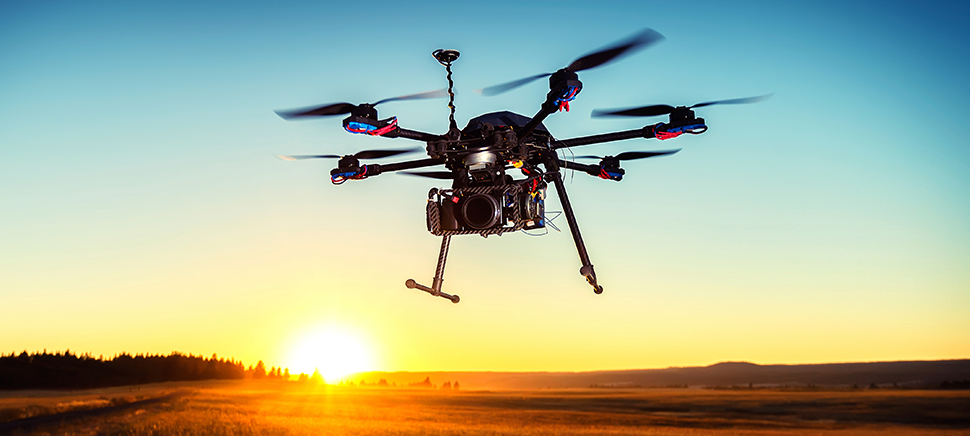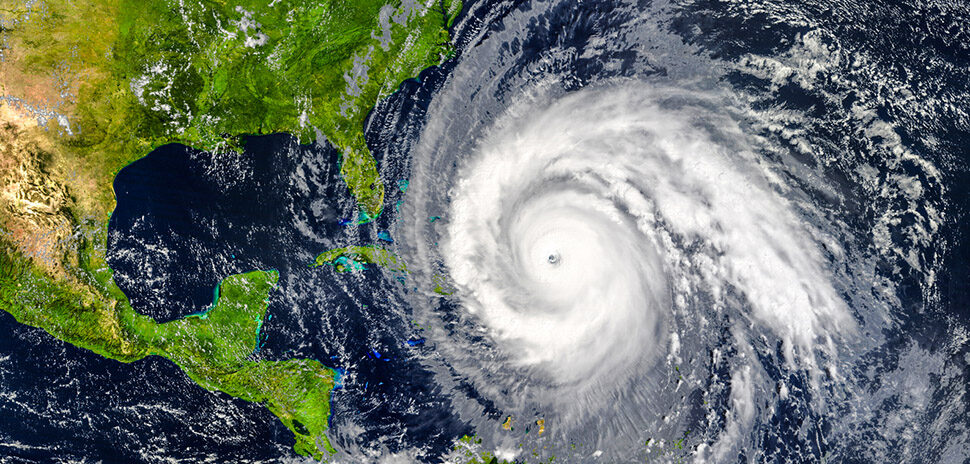On average, there are more than 11 search and rescue missions for missing persons each day in the U.S. alone. Sometimes, it’s because of natural disasters, such as the tornadoes that swept through the area in December, or maybe it’s a child or adult that gets lost on an outing.
As you may already know, the first 24 hours are crucial to rescue efforts. And the number of variables begin to pile up quickly.
What’s the missing person’s age? What are the weather conditions? What does the person look like?
Even if you are able to contact 9-1-1 or some other type of emergency service, there’s still reaction time and search organization time that plays in to the situation.
“It comes down to human capital and hours available to search,” Matt Payne said.
“It comes down to human capital and hours available to search,” said Matt Payne, executive director of Minuteman Disaster Response.
Consider this: What if an autonomous drone could begin searching as soon as the rescue vehicle arrives on the scene?
It could run scans for signs of life, provide updates on the terrain, temperature, and chances of survival in difficult weather situations, and locate survivors more quickly.
Sound too futuristic? Well, if Judy Johnson and her team at Wildcat Drones have their way, it will be a reality.
Johnson and her Dallas-based team have entered into the DJI Developer Challenge for 2016.
The objectives of the challenge are to complete the following using only a DJI Matrice 100 drone, X3 (4K gimbal mounted camera), portable computation platform, and iPad or Android mobile device:
- Autonomously (non-piloted) takeoff from a moving vehicle (Ford F150) that can be moving up to 20 mph
- Survey a “search area” and gather ID and location information on objects that represent “survivors”
- Feed this information back to an iOS or Android Device in the F150
- Return to and land on the moving vehicle.
Now, I don’t care how much of a techie you are or are not — that sounds freaking awesome!
When I reached out to interview Johnson, team leader and founder of Wildcat Drones, I expected a lot of tech talk, but I was pleasantly surprised. While it is clear this team knows what they are doing, Judy kept bringing the conversation back to the immensely powerful applications of this challenge.
“There are so many challenges with drone tech today. One major issue is that drones are still searching for a market fit and a clear use. While the novelty and hobbyist market has done a lot to develop drones, we want to do a noble thing with drone technology,” Johnson said.
“We want to develop this drone application to directly save lives,” Judy Johnson said.
I stopped Johnson immediately. “What do you mean by something ‘noble’?”
“It’s not enough to develop tech for the sake of tech. We want to develop this drone application to directly save lives. ‘Do a noble thing’ has become a bit of a mantra for us. We want to take drones from cool to noble and we are well on our way. It’s as if we are adding one highly-skilled search and rescue professional to every team!” she told me.
The highly-trained team of search-and-rescue volunteers at Minuteman Disaster Response started using drones back in 2014.
“When our team arrives to the disaster location, we are always asked to deploy our drones by the command post,” Payne said.
“When our team arrives to the disaster location, we are always asked to deploy our drones by the command post,” Matt Payne said.
Because organizations such as Minuteman Disaster Response are a non-governmental organization (NGO), they have the ability to implement new methodologies and technologies as needed without the mountains of red tape many other organizations deal with. However, they are still nonprofits, and have to deal with the budget constraints that all nonprofits face.
The three drones deployed by Minuteman Disaster Response are still basically hobby-level craft outfitted with infrared cameras and HD cameras.
At this moment the Wildcat Drone team is designing and prepping for its first true test flight for a completely automated drone solution that will present true scalable solutions for search and rescue efforts.
Of course this technology is expensive, especially when you’re flying it every day. Wildcat Drones is raising funds through multiple avenues, including an upcoming Kickstarter campaign.
If you want to keep up with their process and the competition, you can find more at their site, WildcatDrones.com.
For a daily dose of what’s new and next in Dallas-Fort Worth innovation, subscribe to our Dallas Innovates e-newsletter.


![A NASA illustration depicts the idea of a future air taxi hovering over a municipal vertiport. [Rendering: NASA/Lillian Gipson and Kyle Jenkins]](https://s24806.pcdn.co/wp-content/uploads/2021/06/DRC-NTCOG-NASA-970-970x464.jpg)


























